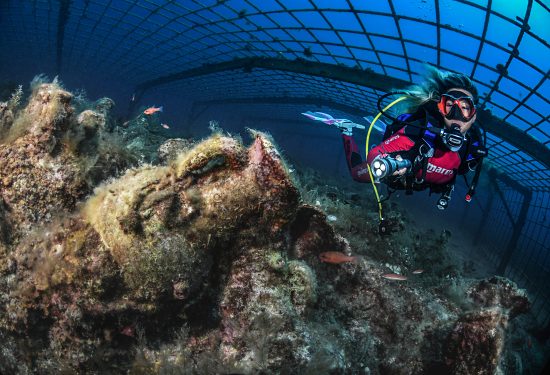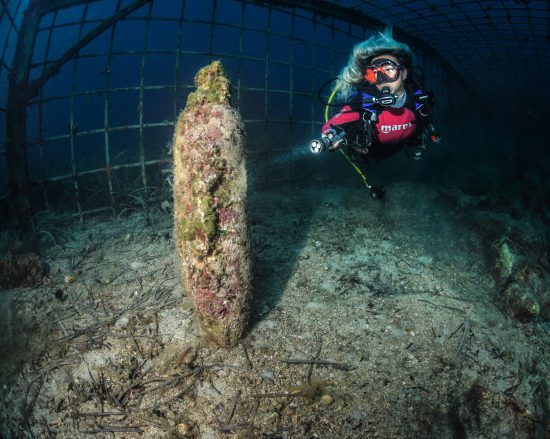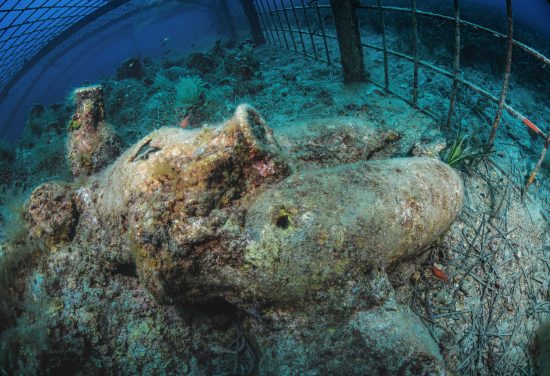





Amphorae have always excited the imagination of divers. Close to the small island of Supetar, near Cavtat, lie the remains of an ancient shipwreck which transported a large amount of these artifacts. This is the largest finding of amphorae in the southern part of the Croatian share of the Adriatic Sea.
What were amphorae really used for? In today's vocabulary, they were packaging for the transport of wine, cereals and oil. Their shape fit perfectly into the storage space of the ships of the time. Amphorae come in a large number of shapes, so we can easily distinguish North African, Greek, Italian, Spanish, Byzantine, Istrian and many other types of amphorae.
The amphorae of Cavtat were discovered in 1999, when about 600 amphorae on the surface layer were documented during research. It is reasonable to assume that the total cargo was much bigger. In addition, archaeologists believe that under the layer of amphorae are the remains of a 30-meter ship that carried the cargo. After the archeological treatment of the site, a lattice structure was placed on the entire site, successfully preventing future devastation.
The largest part of this shipwreck’s cargo consists of amphorae originating from North Africa, more precisely from Tunisia, however, experts have recognized at least three more types of amphorae in the cargo, which tells us a lot about the trajectory of the ship. The depth of their location varies between 25 and 30 meters. The bottom is flat and a bit muddy, so the transparency of the water can vary. Currents are weak, so with an anchor rope, this location can be interesting and accessible to a large number of divers.
A large number of conger eels, groupers, moray eels and octopuses have found their hiding place in the amphorae which makes this location even more interesting.
It should be considered that this site is a cultural asset of the Republic of Croatia and that diving is only allowed through authorized diving centers.
Text and photos: Janez Kranjc
Note: During the creation of this article, the statements of local divers were used, as well as data from the book "Treasures of the Adriatic" by D.Frka / J.Mesić.
For diving info and reservations see: www.epidaurum.com
 Ivana and Janez
Ivana and Janez 22nd October 2020
22nd October 2020